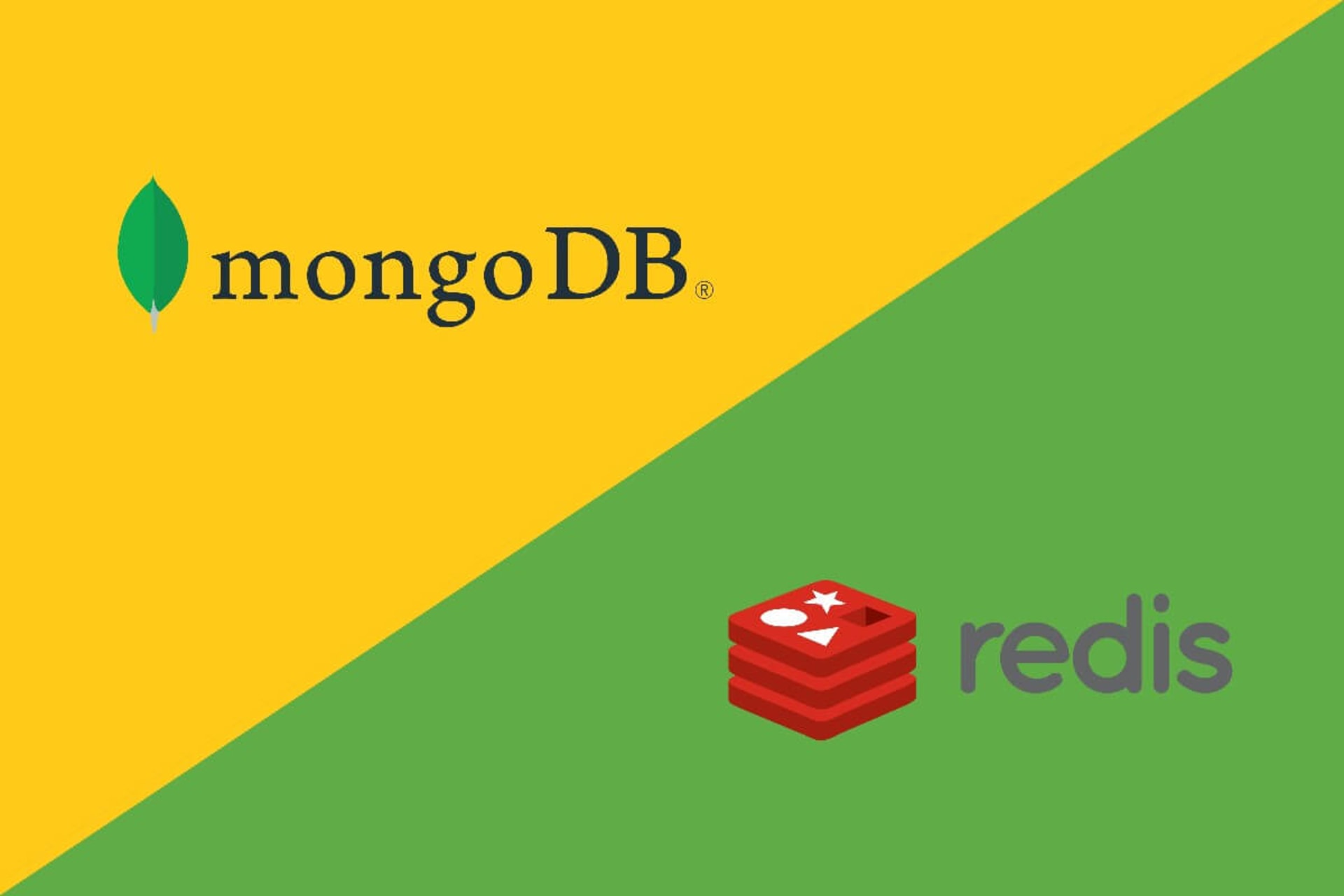In recent years, Ruby on Rails (RoR) evolved into one of the most famous web development frameworks currently on the market. From small startups to large corporations and enterprises, companies using Ruby on Rails as well as many businesses and dev teams choose to embrace the flexibility and simplicity of the tech to build their websites and applications.
Some companies, however, don’t have the talent in-house already, nor do they know how or where to hire experts in RoR. Thankfully, many outsourcing providers such as BairesDev help companies achieve their goals with Ruby on Rails development services.
What Is the Ruby Programming Language?
Ruby is a high-level, interpreted programming language created in the mid-1990s by Yukihiro “Matz” Matsumoto, a computer scientist and programmer from Japan. The intent of Ruby was to remain simple and easy to learn while also being flexible and powerful enough to handle complex programming tasks. It’s an object-oriented language, which means that everything in Ruby gets treated as an object, and it’s dynamically typed, which means that variables have the ability to change their type at runtime.
One of the key features of Ruby is its emphasis on readability and simplicity. Ruby code is often described as being “elegant” or “beautiful” because it’s easy to read and understand, even for people who are new to programming. The language achieves this by using a syntax that’s designed to be as close to natural language as possible. For example, instead of using parentheses and semicolons to separate statements, Ruby uses a more natural syntax based on indentation and keywords.
Another important feature of Ruby is its flexibility. Ruby is a highly dynamic language, which means that developers can change the behavior of the language itself, as well as the behavior of individual objects, at runtime. This makes it possible to create complex, highly customizable programs that can adapt to changing circumstances.
Ruby is also known for its extensive library of prebuilt code, called gems. Gems are packages of code that can be easily added to a Ruby program to provide additional functionality, such as database access, web development tools, and more. There are thousands of gems available for Ruby, which means that developers can quickly and easily build complex programs without having to write all the code from scratch.
One of the most popular uses of Ruby is web development. Ruby on Rails, or simply Rails, is a popular web development framework built on top of Ruby. Rails provides a set of conventions and tools that make it easy to build web applications quickly and efficiently. Developers know Rails puts an emphasis on convention over configuration, which means that developers can spend less time configuring their applications and more time building them.
Ruby is a flexible, dynamic, and elegant programming language that is easy to learn and use. With its focus on readability and simplicity, as well as its extensive library of prebuilt code and popular web development framework, Ruby is a great choice for developers of all levels who want to build powerful, customizable programs quickly and efficiently.
Why Use Ruby on Rails?
- Fast development time: Ruby on Rails allows developers to build web applications quickly and efficiently, thanks to its set of conventions and prebuilt code. This saves time and resources for businesses and startups.
- Easy to learn: Ruby on Rails has a simple and intuitive syntax that is easy to learn, making it a great choice for beginners who want to get started with web development.
- Extensive library of gems: Ruby on Rails has a vast library of prebuilt code, or gems, that can be easily added to web applications to provide additional functionality. This can save time and effort for developers who don’t want to write all the code from scratch.
- Scalability: Ruby on Rails is scalable, which means that it can handle large, complex web applications with ease. This makes it a great choice for businesses and organizations that need to build applications that can grow and adapt over time.
- Convention over configuration: Based on the principle of “convention over configuration,” RoR developers have the ability to spend less time configuring their applications and more time building them. This leads to faster development times and fewer errors.
- Active community: Ruby on Rails has a large and active community of developers who contribute to the framework and provide support to others. This means that developers can get help and advice from others in the community, as well as contribute to the development of RoR themselves.
- Security: Ruby on Rails has built-in security features that help to protect web applications from common security vulnerabilities, such as SQL injection and cross-site scripting. This can help to ensure the safety and privacy of users’ data.
Ruby on Rails is a highly useful framework with many benefits for a wide range of applications. A significant number of companies employ their own in-house RoR expert.
The History of Ruby on Rails
Ruby on Rails, commonly known as Rails, is a popular web application framework built on top of the Ruby programming language. Rails was created in 2003 by David Heinemeier Hansson, a Danish programmer, who was working on a web application project for his company, Basecamp.
Hansson realized that there was a need for a more efficient way to build web applications, and he decided to create a new framework that would make it easier and faster to develop complex web applications. He released the first version of Rails as open-source software in 2004, and it quickly gained popularity among web developers.
Rails utilized a number of principles that were new at the time, such as convention over configuration, which meant that developers could spend less time configuring their applications and more time building them. Rails also introduced a new way of handling database access, called Active Record, which made it easier to work with databases and reduced the amount of code required to access them.
In 2006 was the first RailsConf, which brought together developers from around the world to discuss the framework and share their experiences. Rails continued to gain popularity, and by 2008, it was being used by many major web applications, including Twitter, Hulu, and Shopify.
Over the years, Rails has continued to evolve and improve, with new features and improvements added in each new release. Rails 3, released in 2010, introduced a number of major changes, including a new way of handling middleware and a new asset pipeline for managing JavaScript and CSS files.
Today, Rails is one of the most popular web application frameworks in the world, and it continues to see constant use by developers of all levels to build complex, scalable web applications quickly and efficiently.
Websites That Use Ruby on Rails to Great Effect
There are many companies that use Ruby on Rails, including:
#1 Twitter
Twitter, undoubtedly, is one of the most recognized names in the social media industry. The microblogging platform is widely acknowledged as the most prominent example of an RoR website. The company initially used a combination of jQuery and RoR to build the platform, which enabled the developers to create a fully functional product within a short span of time.
Despite a brief stint of using Scala for its backend, Twitter still heavily relies on Ruby for its day-to-day operations. The platform’s Ruby-based backend supports various functionalities, such as its robust search engine, content caching, and data processing.
In fact, Twitter is often credited with popularizing the RoR framework. It was one of the first major websites to use the framework, and its success helped to establish RoR as a go-to choice for building web applications.
Twitter’s use of Ruby on Rails has also had a significant impact on the framework itself. The platform’s developers have contributed numerous improvements and features to the Rails codebase over the years, and the Rails community has benefited from the platform’s scalability and reliability.
Overall, Twitter’s history with RoR is a testament to the power and versatility of the framework. It enabled the company to build a massively successful platform used by millions of people around the world, and it continues to be a key part of its infrastructure to this day.
#2 Shopify
Shopify is one of the most popular e-commerce solutions in use today, and it utilizes Ruby on Rails to expedite the development process of web stores. By adopting RoR, developers can work more efficiently and effectively, delivering a better user experience to customers.
Through Shopify, developers can access a wealth of libraries and services built on RoR, helping to streamline the development of web stores. For example, the Rails Engine and generators enable developers to create RoR applications that incorporate Shopify’s API, enabling them to create highly customized online stores.
In addition, Shopify has created a POS app SDK that is highly regarded within the industry. Through this SDK, developers can create point-of-sale applications that are able to embed in a web store. Shopify has even published a POS-embedded application that utilizes RoR, showcasing the versatility and power of this language in e-commerce development.
Furthermore, by using RoR, developers are able to easily and effectively manage complex databases and server-side applications. Ruby on Rails also enables developers to create responsive and scalable web applications that can handle high levels of traffic and user demand. As such, it’s no surprise that RoR is now a go-to language for many e-commerce companies looking to create robust and user-friendly online stores.
#3 GitHub
Anyone familiar with web and application development is already familiar with GitHub. This platform is widely regarded as the most popular software hosting service and boasts a massive open-source library. In fact, over 1.8 million companies, software development businesses, and startups currently use GitHub to store and manage their code.
One of the key strengths of GitHub is its community of software developers, which has grown to almost 40 million members. This community is incredibly active, having contributed to over 100 million repositories on the platform. As a result, GitHub has become an invaluable resource for developers of all levels, providing access to a wealth of knowledge and expertise.
In terms of the technology behind GitHub, Ruby on Rails is a crucial component. In fact, nearly all of the code that powers it utilizes RoR as its foundation. This powerful and versatile framework has enabled the developers behind GitHub to create a platform that is both user-friendly and highly functional.
In August 2019, GitHub launched version 6.0 of Ruby on Rails. This update represented a significant milestone for the platform, as it introduced a range of new features and enhancements that have improved the overall user experience. As a result, GitHub remains one of the most popular and widely used software hosting services in the world and is an essential tool for developers looking to build and manage their code.
#4 Airbnb
Airbnb’s UX/UI design is a standout feature of the company, connecting travelers in need of accommodation with hosts who are willing to rent out their apartments or rooms.
Ruby on Rails, as well as several other technologies, powers Airbnb’s system. The qualified team of developers who built the website utilized a range of libraries, such as Raven.js, Moment.js, and React.js, to create a seamless and intuitive user experience. Thanks to these powerful tools and technologies, Airbnb has become one of the most popular and widely used accommodation services in the world, with a reputation for excellence in both design and functionality.
#5 Hulu
Hulu is a video streaming platform that is currently only available in the United States. While it may not be as big as HBO Go or Netflix, it’s quickly gaining popularity thanks to its regular release of new and exciting shows.
Despite its limitation to a single country, the platform boasts approximately 28 million active subscribers, a testament to the quality and appeal of its content.
From the very beginning, Hulu relied on Ruby on Rails to power its platform, and the framework has proven to be a perfect fit for the company’s needs. The use of RoR has helped to streamline development and ensure that the platform is both stable and user-friendly. As a result, Hulu has established itself as a major player in the video streaming industry, and its popularity is only expected to continue growing in the years to come.
#6 Fiverr
Fiverr is an online platform that offers freelance services. With a simple interface, the platform allows users to buy or sell services quickly and easily, starting at just $5. Fiverr provides a wide range of services, including graphic design, web development, digital marketing, UX/UI design, and mobile development. Its technology stack features a combination of Ruby on Rails and other technologies, such as jQuery, Python, and React.
#7 Basecamp
As Basecamp’s user base exploded from 45 accounts in 2004 to over 2 million in 2016, the Rails framework proved a vital component in scaling the platform effectively and efficiently. Basecamp’s team of skilled developers, who were well versed in the Rails framework, were able to leverage its power and flexibility to create a stable and reliable platform that could handle the demands of millions of users.
In addition to providing a robust and scalable foundation for Basecamp, Ruby on Rails has also played a significant role in the success of many other web applications and services.
As one of the most popular web development frameworks in use today, RoR continues to drive innovation and growth in the tech industry. Its impact on Basecamp, and on the broader web development community, is a testament to the strength and flexibility of this powerful framework.
Conclusion
Ruby on Rails continues to prove itself a powerful and versatile web development framework utilized by some of the most successful and innovative companies on the web. The success of these famous RoR websites demonstrates the framework’s ability to enable developers to build robust and scalable web applications quickly and easily, focusing on building features and functionality that users want.
Ruby on Rails’ emphasis on clean, readable code and convention over configuration has made it possible for developers to build web applications more efficiently. Whether building a social media platform, e-commerce store, or project management tool, RoR provides a solid foundation for building complex web applications.
As the web continues to evolve and new technologies emerge, it’s clear that Ruby on Rails will continue to play a vital role in the future of web development. For both experienced developers or those just starting out, Ruby on Rails offers a flexible and powerful framework that will continue to meet the needs of developers and users alike for years to come.
If you enjoyed this, be sure to check out our other Ruby articles.







